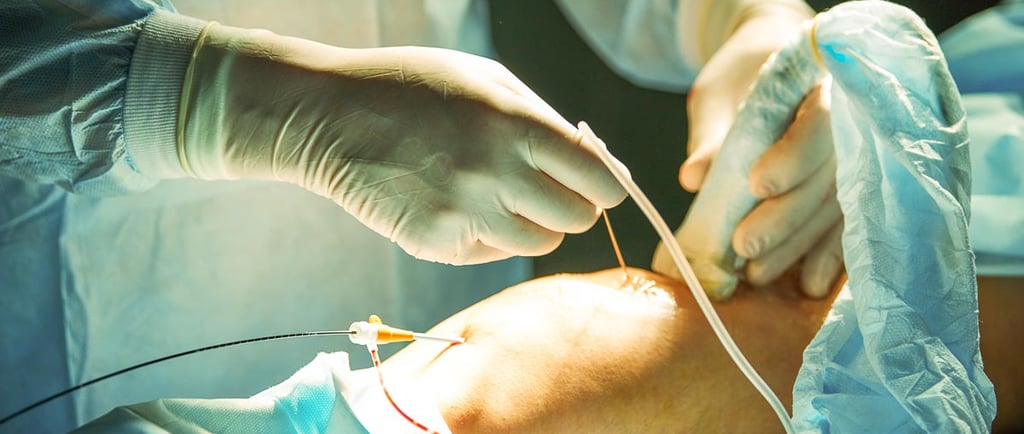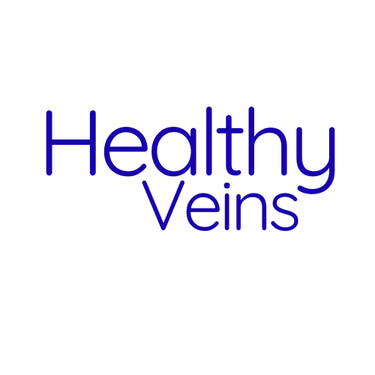Start your journey to healthier veins today!
Radiofrequency ablation
A description of the Endovenous radiofrequency treatment (EVRF) of varicose veins
12/26/20242 min read


Radiofrequency Ablation
In this technique a fine tube (catheter) connected to radio-frequency energy (like microwaves) machine is used to heat up the inside of the defective vein causing it to block off. The catheter is threaded up the vein to treat the main defective vein, either the long saphenous or short vein, which are the usual culprits causing varicose veins. The procedure is usually performed whilst you are awake and is regarded as a “walk in walk out procedure”. Most varicose veins are suitable for this treatment but some aren’t in which case foam sclerotherapy or surgery may be option. When I assess during your consultation, I will be able to tell you which treatment is most suitable for you. In many cases treatment this treatment may be sufficient but in some additional treatment of the varicosities or lumpy veins may be required by foam sclerotherapy. This may be done at the same sitting or on a separate occasion.
The advantages of radiofrequency treatment over surgery are less pain, quicker recovery, less bruising and less scarring. It can be done under local anaesthetic (whilst you are awake).
What the procedure involves
Prior to the procedure The surgeon will obtain consent and mark the vein with the aid of an ultrasound scanner. After cleaning the skin with antiseptic solution, local anaesthetic is injected to freeze the skin. A small puncture wound measuring a few mm is made and a needle is introduced into the defective vein with the aid of the ultrasound machine. A fine tube (catheter) is inserted through and is carefully positioned a safe distance from deep veins. A dilute local anaesthetic solution is injected around to protect the tissues from heat. Several injections up the leg may be required and can make the leg feel swollen. The catheter is gradually pulled back and the defective vein treated in stages. A Compression bandage is applied after removal of the catheter and sheath. The procedure is quick and only usually takes between 30 to 45mins. Sometimes additional treatment by removal of individual lumpy veins (phlebectomies) or foam treatment is done at the same sitting.
After the procedure
Tightness along the path of the treated vein is common and simple painkillers should be taken to reduce symptoms. Bandages should be removed in 1-2 days and replaced by compression stockings which need to be worn for up to two weeks. I advise you to walk and resume normal activities as soon as possible but avoiding strenuous exercise and gym workouts in the first week. I will review you in six weeks, by then most of the varicose veins would have shrunk and many disappeared. Remaining veins can be treated by injection sclerotherapy if desired.
Side effects
Bruising and aching along the path of the vein treated are common. Rarer side effects are heat damage to the skin causing redness of the overlying skin, a patch of skin numbness in the lower leg and deep vein thrombosis (DVT). In a small number of cases the treatment doesn’t work and the vein fails to block off. The treatment can be repeated or alternative treatment performed. Varicose veins can come back as with any form of treatment.
